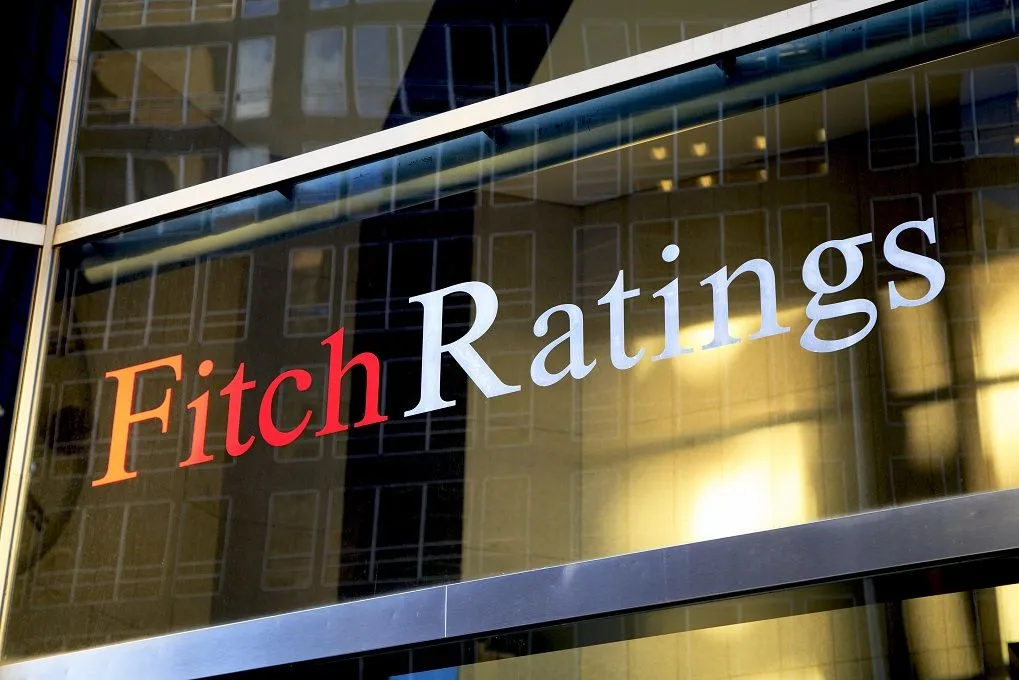Fitch Ratings has upgraded Pakistan’s Long-Term Foreign-Currency Issuer Default Rating (IDR) to ‘B-‘ from ‘CCC+’ with a Stable outlook, reflecting increased confidence in the country’s fiscal consolidation and external stabilization efforts.
The upgrade acknowledges Pakistan’s progress in narrowing budget deficits and implementing structural reforms, which has supported its performance under the International Monetary Fund (IMF) program and improved funding availability. Fitch also expects tight economic policies to continue supporting the recovery of international reserves and containing external funding needs, though implementation risks remain and financing needs are still substantial.
Policy Credibility Improving
Pakistan and the IMF reached a staff-level agreement in March on the first review of the country’s $7 billion Extended Fund Facility and a new $1.3 billion Resilience and Sustainability Facility, both set to last until the third quarter of 2027. The country has performed well on quantitative performance criteria, particularly on reserve accumulation and primary surplus, though tax revenue growth fell short of targets.
Provincial governments have also legislated increases in agricultural income tax, a key structural benchmark, following Pakistan’s strong performance on its previous IMF arrangement that expired in April 2024.
Fiscal Outlook
Fitch forecasts the general government budget deficit to narrow to 6% of GDP in the fiscal year ending June 2025 (FY25) and around 5% in the medium term, from nearly 7% in FY24. The primary surplus is expected to more than double to over 2% of GDP in FY25.
Government debt as a percentage of GDP dropped to 67% in FY24 from 75% in FY23, with Fitch projecting a gradual decline over the medium term due to tight fiscal policy, nominal growth, and repricing of domestic debt at lower rates.
Economic Stability and Inflation
Inflation is expected to average 5% year-on-year in FY25, down from over 20% in FY23-FY24, before picking up again to 8% in FY26. The State Bank of Pakistan has held its policy rate steady at 12% since March, noting pressures on the current account and persistent core inflation, after 1,000 basis points of rate cuts between May 2024 and January 2025. GDP growth is projected to edge up to 3% in FY25.
External Position
Pakistan posted a current account surplus of $700 million in the first eight months of FY25, driven by surging remittances and favorable import prices. Fitch expects external deficits to widen from a forecast of a broadly balanced position for FY25 as domestic demand strengthens, but they should remain below 1% of GDP in the coming years.
International reserves have increased to just under $18 billion in March 2025 (about three months of external payments), from about $15 billion at the end of FY24 and a low of less than $8 billion in early 2023.
Challenges and Risks
Despite the positive outlook, Pakistan still faces significant challenges, including large external funding needs of about $9 billion in FY26 after over $8 billion in FY25. Political and security risks remain, with Prime Minister Shehbaz Sharif’s PMLN party holding a weaker mandate than expected following the 2024 elections, and increased security incidents along the border with Afghanistan and in Balochistan province.
Fitch notes that implementation risks to reforms persist, given Pakistan’s mixed record of IMF program performance in the past. The current consensus on the need for reform could weaken over time, and technical challenges remain significant.
The rating agency indicated that further significant declines in government debt and debt-servicing burdens, along with greater ability to source external funding and sustained recovery in foreign-currency reserves, could lead to future positive rating actions.










